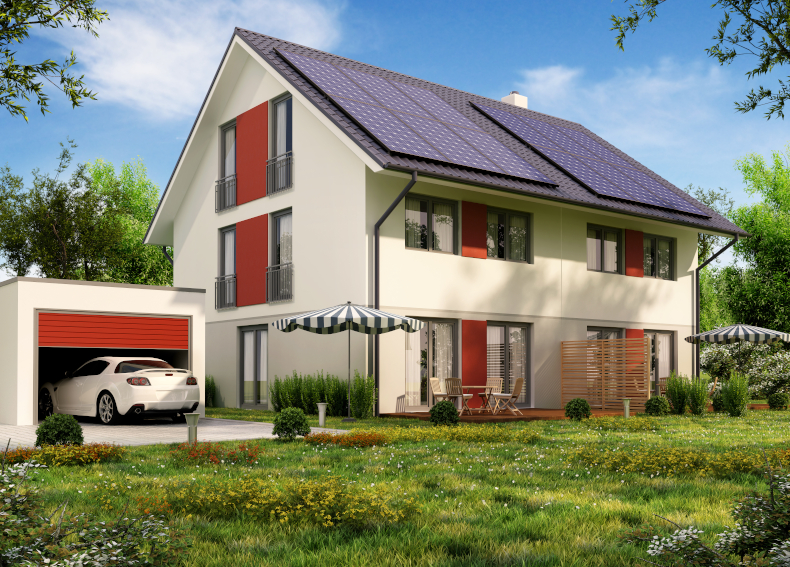
The old adage states that “necessity is the mother of invention.” This is especially true of solar energy, which is perhaps the most elegant solution to our energy needs. The obvious effects of global warming are driving the development of renewable energy technological advances. The sun provides our planet’s surface with more than enough energy to keep us going forever.
Estimates from The United States government say that the earth receives over 173,000 terawatts of energy every year, which is more than 10,000 times what humanity needs.
The challenge has always been collecting that energy and converting it to electricity. For years the low efficiency of solar panels and the high costs per square inch of these panels made solar power cost-prohibitive. But that is no longer the case, despite the Trump administration’s tariffs on solar panels.
In the five years between 2008 and 2013, the cost of solar panels fell by over half. Between 2015 and 2017, researchers estimate the cost will fall another 40 percent. Researchers in the United Kingdom say they are stunned by how quickly solar power is growing. They estimate that the costs will fall fast enough to allow solar to contribute a fifth of our energy consumption by 2027. That goal would have been extremely improbable a few years ago.
Solar technology has finally caught up with fossil fuel generation in terms of costs and efficiency. Solar is now at the brink of mass adoption. But where can the technology go in the future?
New technology brings new opportunities for business. Tesla and Panasonic are already planning an enormous solar panel manufacturing factory in Buffalo, New York. Tesla’s Powerwall is already one of the more popular domestic energy storage devices in the world.
There is likely to be a lot of demand for real estate and solar can be a big part of growth. Landowners and farmers can lease out their land for the construction of solar farms. All the new opportunities will drive prices lower and drive the technology to expand over the years.
Researchers have experimented with biological material in solar cells and are getting interesting results. Bacteria can eventually make it easier to power wireless devices. The efficiency of these bio-solar cells is nowhere close to conventional PV cells, but there is hope the technology will gradually catch up. One of the researchers at the Binghamton University’s Thomas J. Watson School of Engineering and Applied Science, Seokheun ‘Sean’ Choi, believes bio-cells would be useful for remote areas where replacing batteries frequently isn’t an option. Indeed, solar batteries have become more prevalent and useful and technological innovations are expected to make batteries more efficient.
Solar power is here to stay, and the sooner you explore how much you can save, the sooner you can enjoy the benefits of residential solar power. Go to HahaSmart.com and try our price checker tool. It tells you how much solar power you need, and how much you can save.
Please visit our solar blog to find out more about the benefits of going solar.


Input your address to see if it is solar friendly and how much you can save with solar.
Great. Your address is perfect for solar. Solar incentive is still available. Select monthly utility cost and calculate the size of solar system you will need now.
| kw System size | years Payback period | Lifetime savings |
No money down, 100% finance is available.
Comments